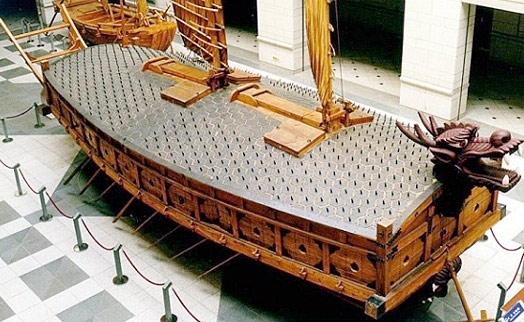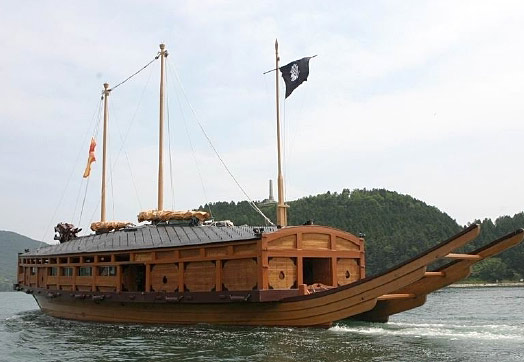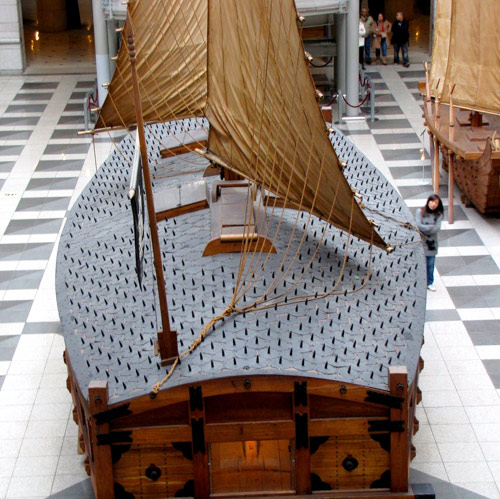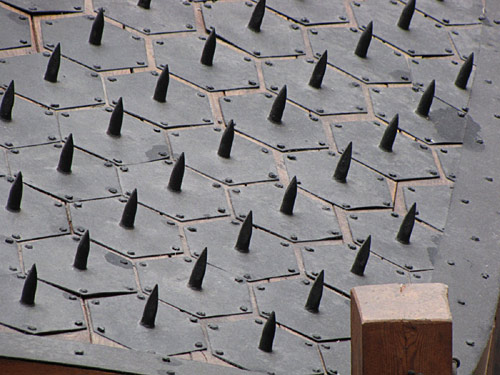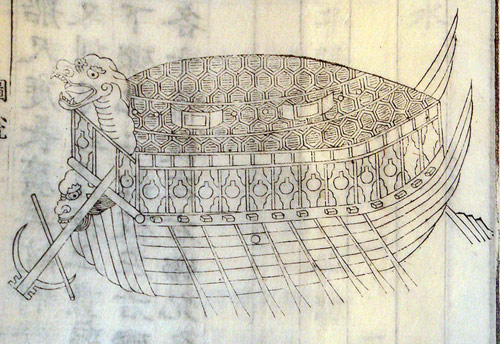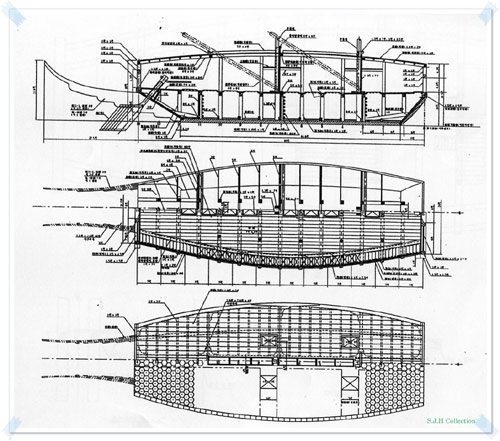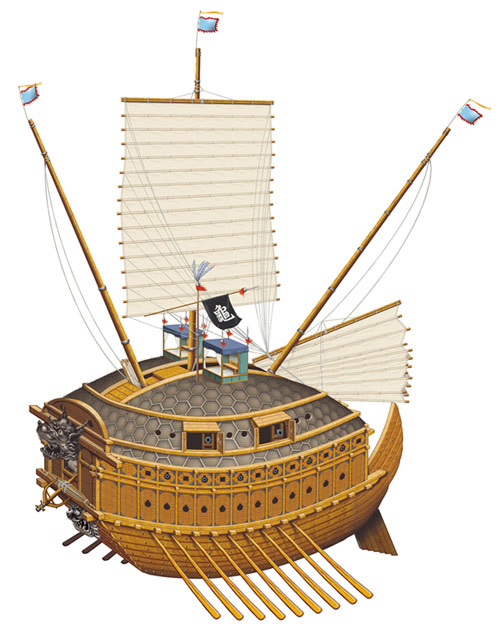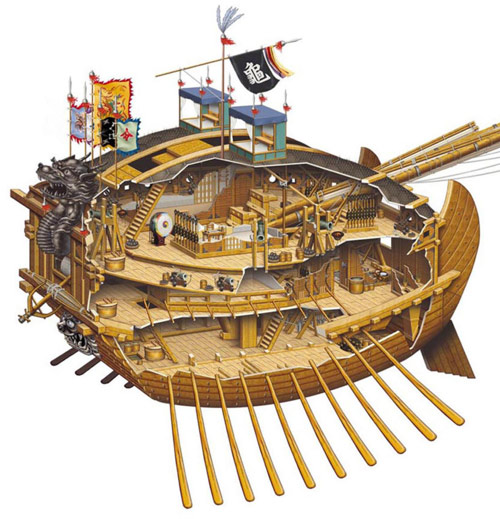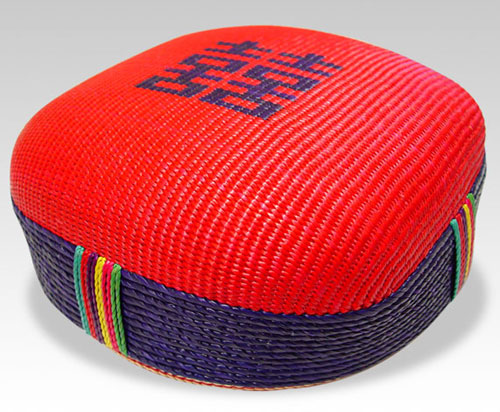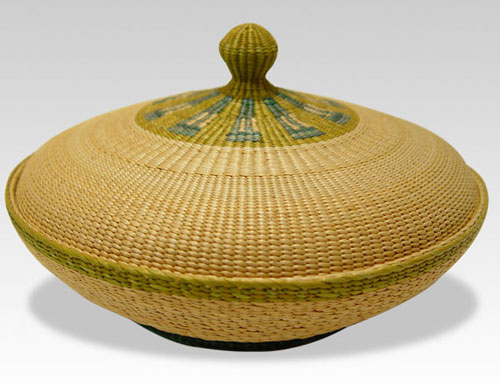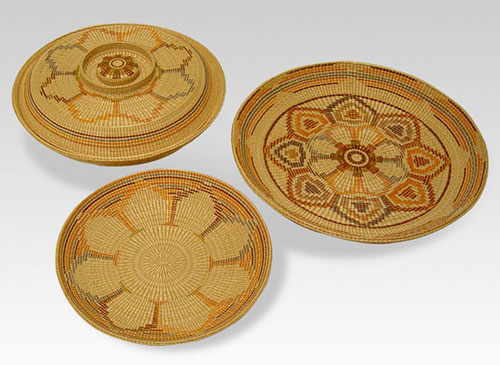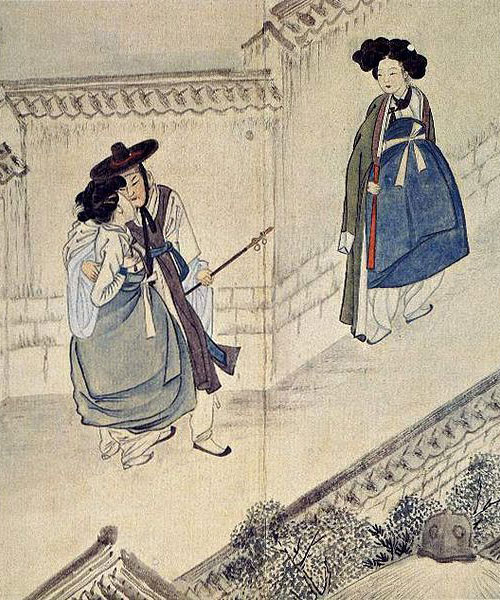
A secret meeting under the moon 月夜密會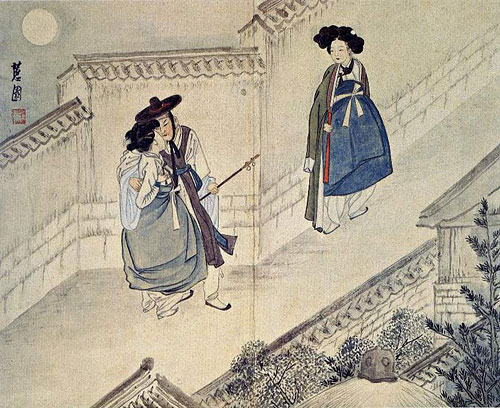
Shin Yun-bok, better known by his pen name Hyewon, (born 1758) was a Korean painter of the Joseon Dynasty. Like his contemporaries Danwon and Geungjae, he is known for his realistic depictions of daily life in his time. His genre paintings are distinctly more erotic than Danwon's, a fact which contributed to his expulsion from the royal painting institute, Dohwaseo. Painting was frequently a hereditary occupation in the Joseon period, and Hyewon's father and grandfather had both been court painters. Together with Danwon and the later painter Owon, Hyewon is remembered today as one of the "Three Wons" of Joseon-period painting.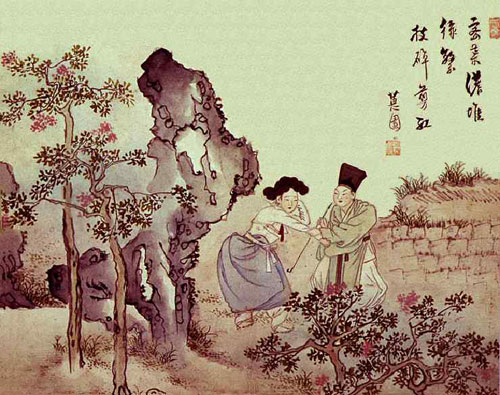
A young boy plucking an azalea 少年剪紅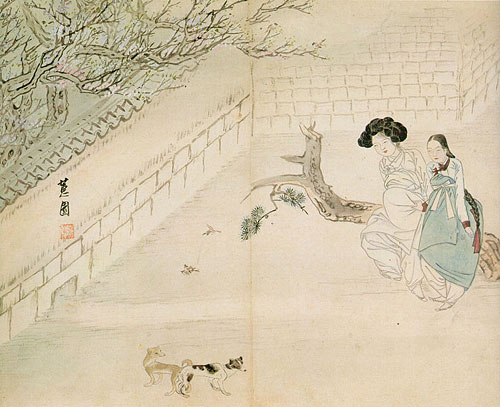
A widow's lust in spring 嫠婦耽春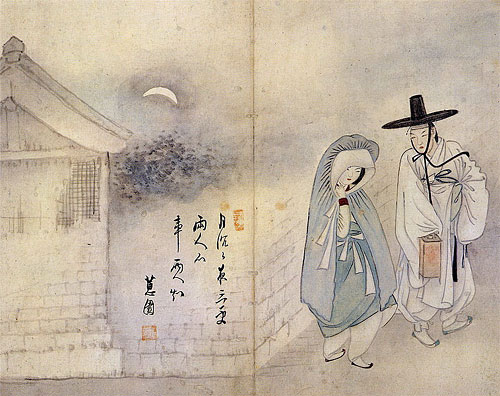
Lovers under the moon 月下情人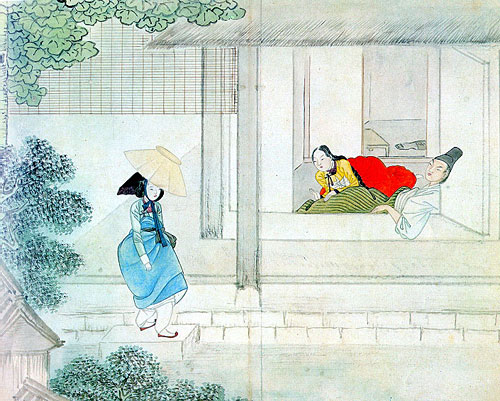
Nothing happens in the gibang chamber 妓房無事
Hyewon pungsokdo is an album of the genre paintings (pungsokhwa or pungsokdo) drawn by the Korean painter Shin Yunbok during the late Joseon dynasty. It was named after Shin's pen name, Hyewon, and comprises 30 paintings in total.
The album was drain away to Japan without any information given. In 1930, Jeon Hyeopil, later the founder of the Gansong Art Museum, purchased it from an antique dealer in Osaka, Japan and newly mounted the album. Oh Sechang, who was a journalist and pro-independence activist, wrote the subtitles and postface for the album. Hyewon pungsokdo is designated as the 135th National Treasure of South Korea and is held in the collection of the Gansong Art Museum located in Seongbuk-gu, Seoul, South Korea.

